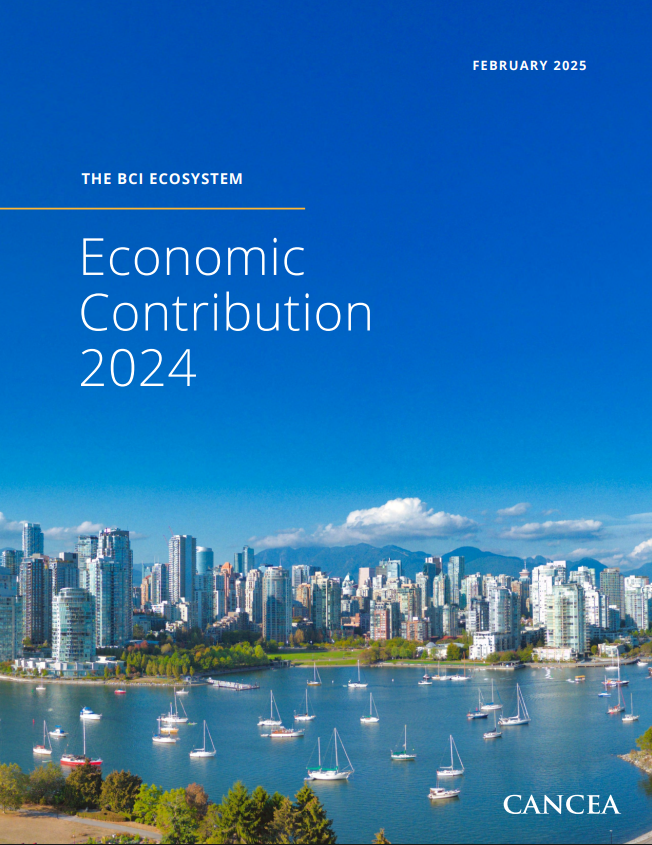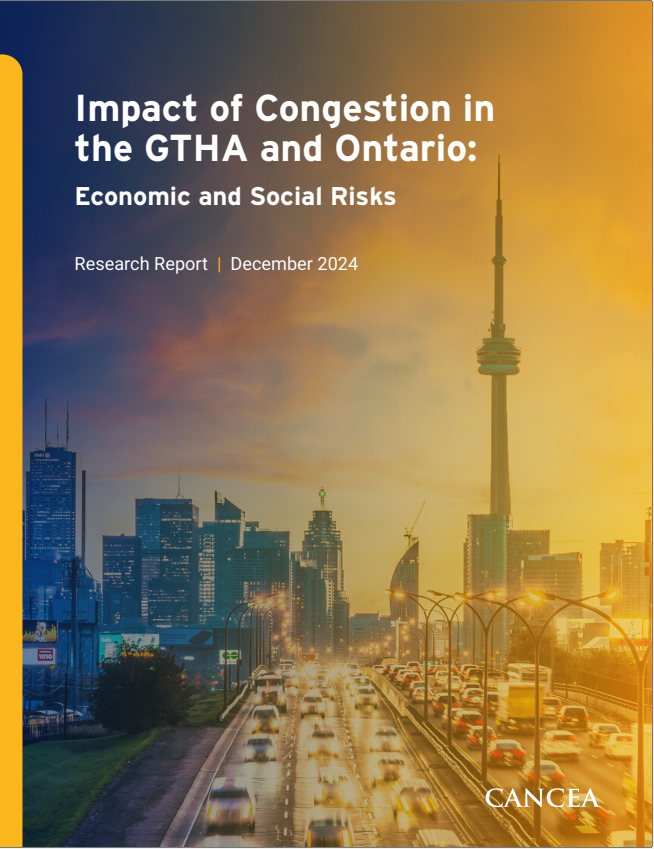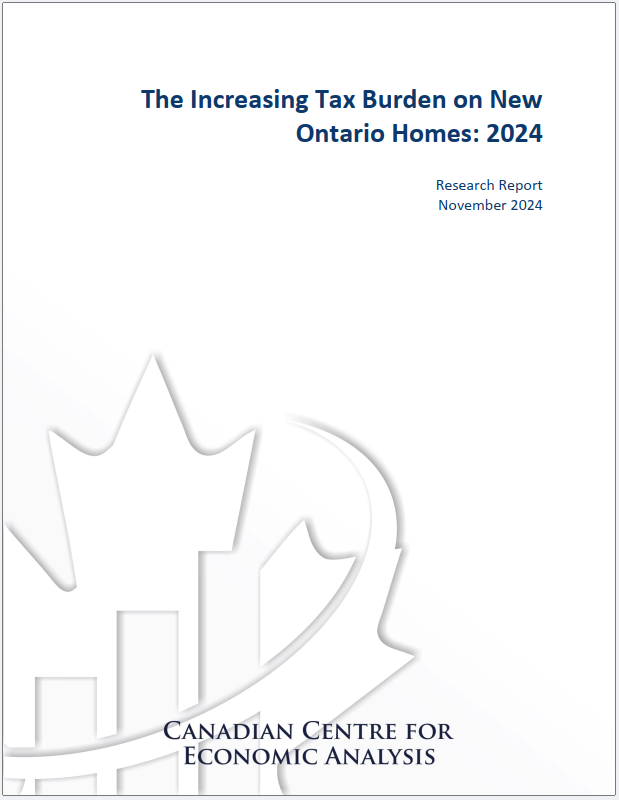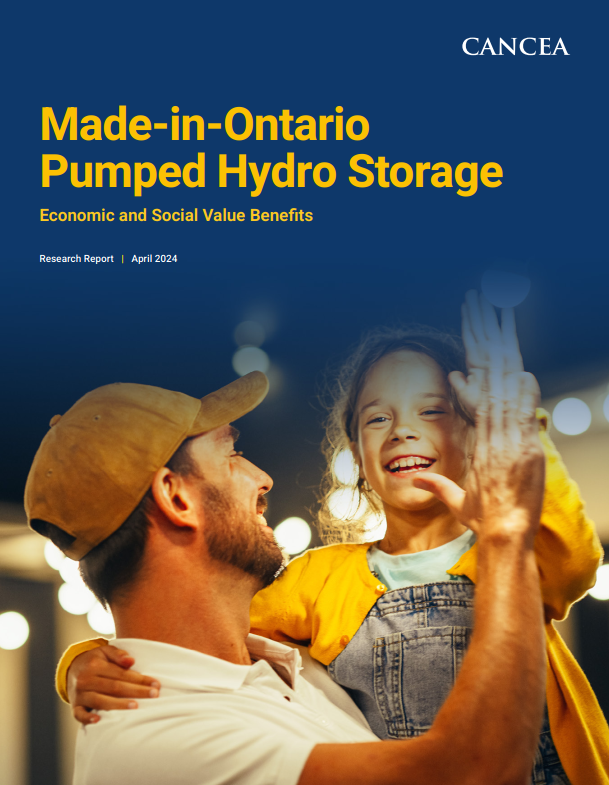Housing Stock and Affordability Analysis
Housing Stock and Affordability Analysis
We are Canada’s foremost independent housing analytics firm. We are trusted by CMHC, cities, and towns for their housing analysis needs and planning databases.
CANCEA has conducted extensive analyses on regional housing markets, affordability, and the needs of the population. Throughout said research, CANCEA has developed a large, linked database of households, properties, and the economy at a hyper-detailed geospatial resolution across the entire country.
Our housing needs analysis presents an overview of a municipality’s demographic and housing situation, including trends, current state, and forecasts up to the desired planning horizon.

Our reports include:
- Maps which show population and housing statistics at the dissemination area resolution
- Graphs and figures to represent trends and comparisons across different sub-populations
- Population growth trends (e.g., demographic aging, household composition, income levels, and occupations)
- Housing stock analysis, including stock by tenure, housing types, and trends in prices and rents
- Housing needs indicators, including core housing need, affordability, suitability, and adequacy
- Sub-population analysis (e.g., populations most vulnerable to core housing need and affordability challenges, older adults, and other sub-groups as requested)
Scenario and Sensitivity Analysis
Our socio-economic simulation platform is Canada’s largest and is used by clients that seek a comprehensive current and long-term analysis of different housing and policy scenarios. We project the characteristics of a municipality or region’s population or housing stock up to a defined planning horizon under different sets of assumptions. Scenarios and sensitivity analyses can help planners and policy-makers understand the risks, benefits, and potential pressures acting on the area. We work with our clients to determine the types of scenarios that would generate the most relevant insight. Example of scenarios include:
- Growth scenarios compare the effects of a higher or lower construction rate with the historical average on a region’s demographic characteristics and housing need or determine the target growth rate to achieve planning objectives.
- Supply-demand mismatch scenarios estimate the risk of a housing shortfall or oversupply due to misalignment between demographic trends and development rates.
- Suitability and land-use constraint sensitivity analysis demonstrate what types of housing (i.e., what combination of high-, medium- or low-density dwellings) can be developed without running out of developable land or running the risk of creating a housing stock that is unsuitable for the population.
- Housing affordability sensitivity analysis measures how much different factors contribute to household affordability challenges to understand which factors are most important in an area.
Interactive Database
CANCEA’s highly curated databases offer the following value-adds:
- User-friendly design that lets users quickly pull up relevant data
- Interactive dashboard with figures to visualize demographic and housing data and trends
More than 400
Leading companies and government institutions
Why
CANCEA?
Hyper-detailed information accompanies our insights, predictions, and forecasts. Hyper-detailed trend and causation analysis is determined by data with little reliance upon assumptions.
The sheer richness of our data and simulation capabilities, both in terms of who, what, when, where, and the relationships between them, drive an ability to answer many more questions.
As a strictly data-driven firm, we are necessarily apolitical. The consistency of our hyper-detailed local data can be summed and independently verified against official projections by government statistical agencies, central banks, and the OECD.
Our dedication to a one-model systems approach with hyper-trend and causal analysis keeps assumptions to a minimum. Any assumptions are shared openly so you and others can use our results with confidence.



